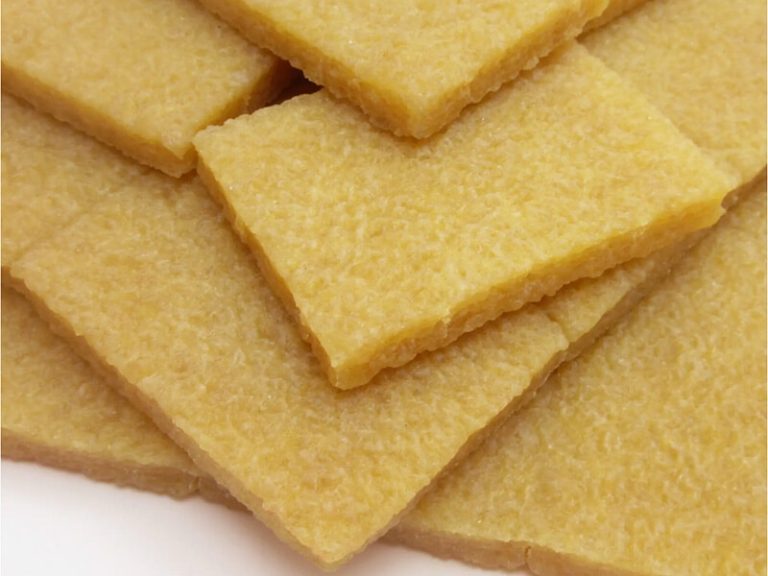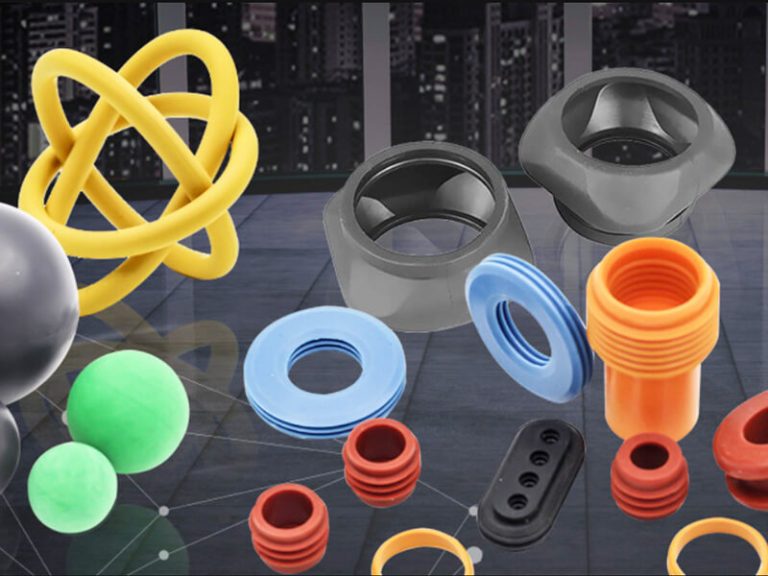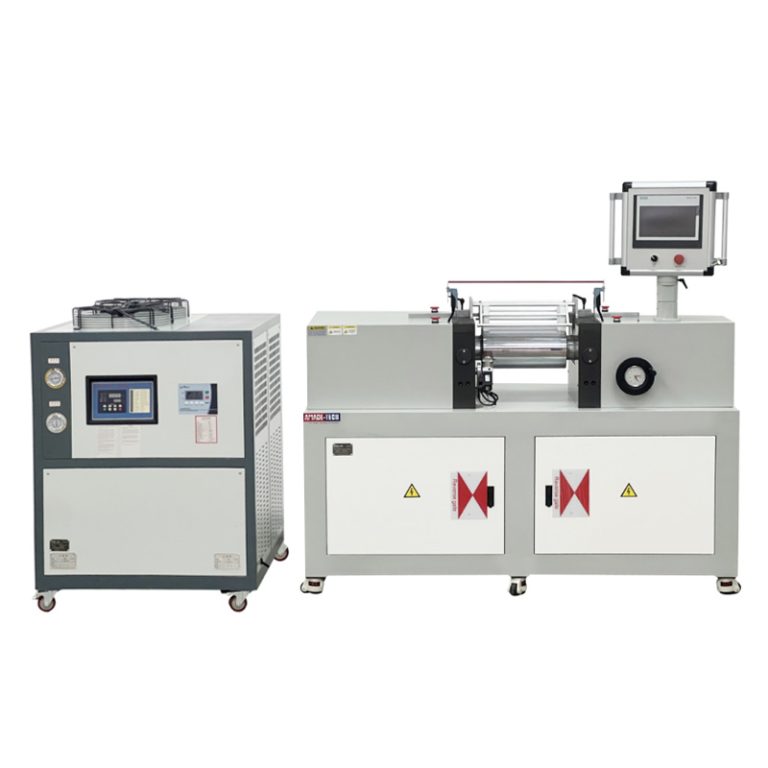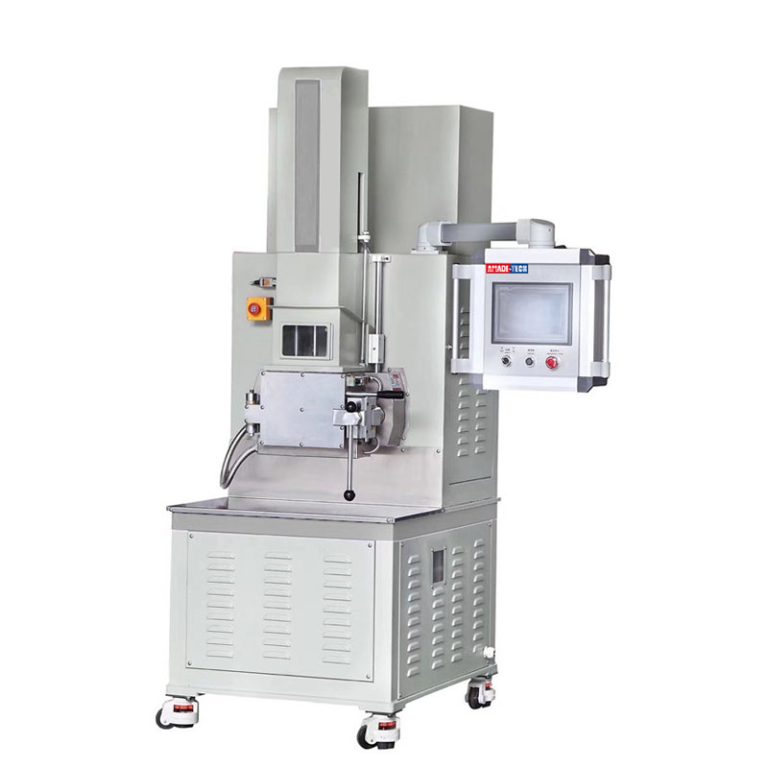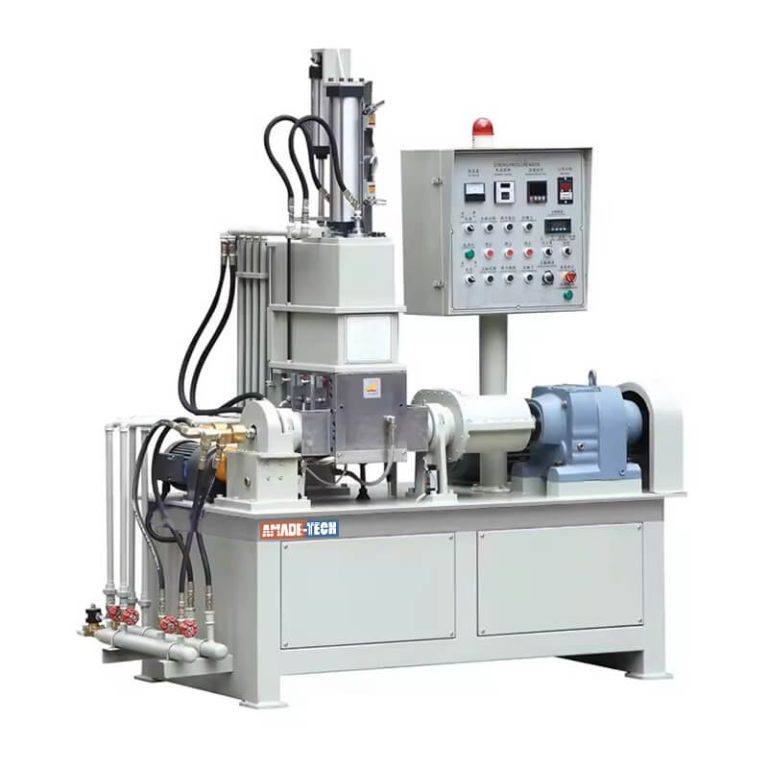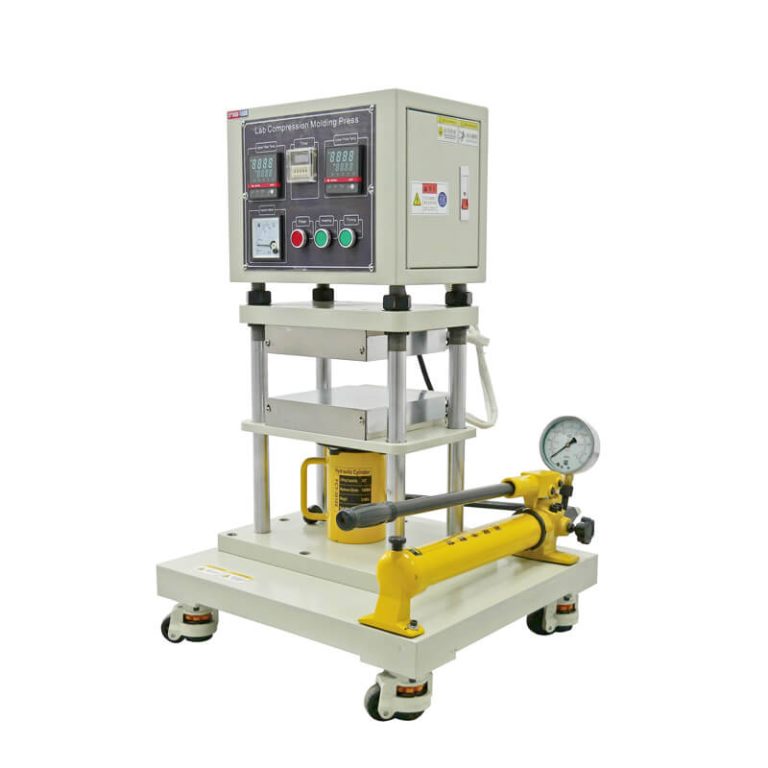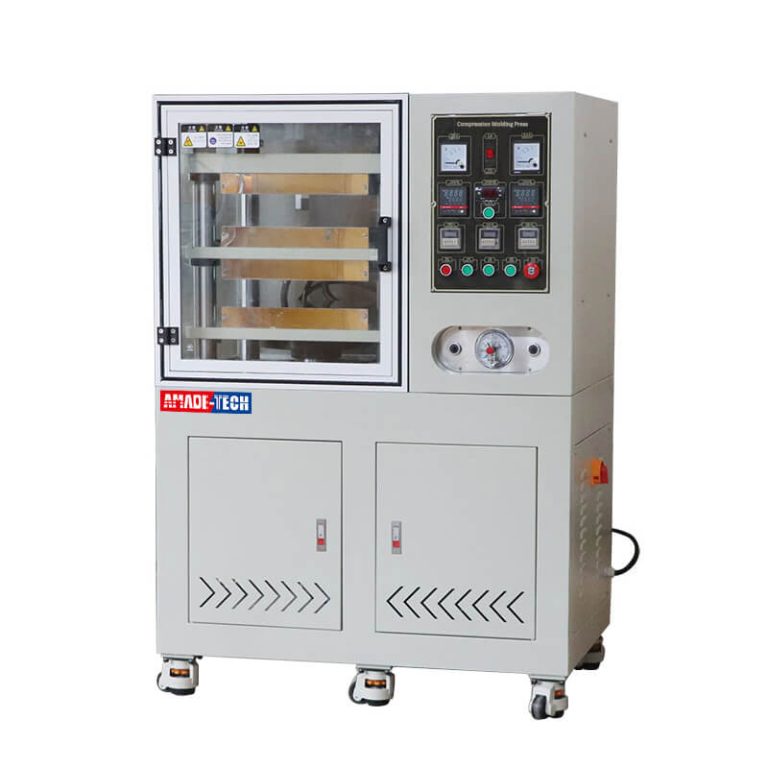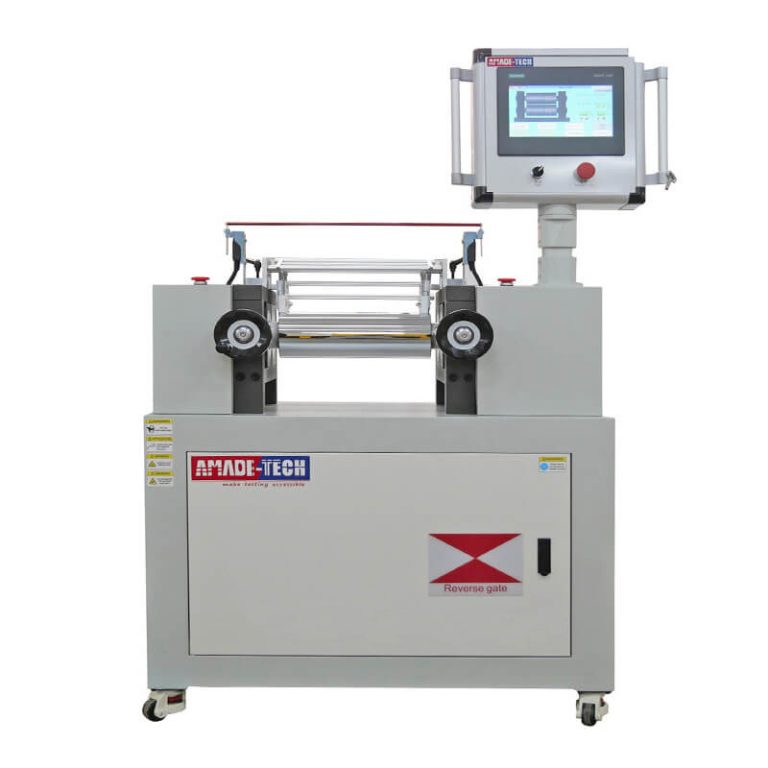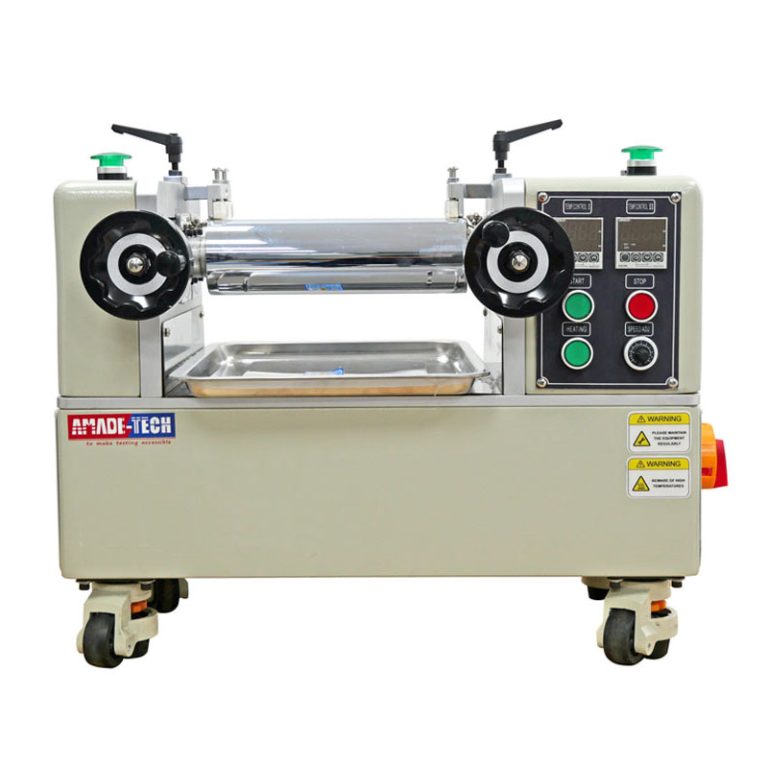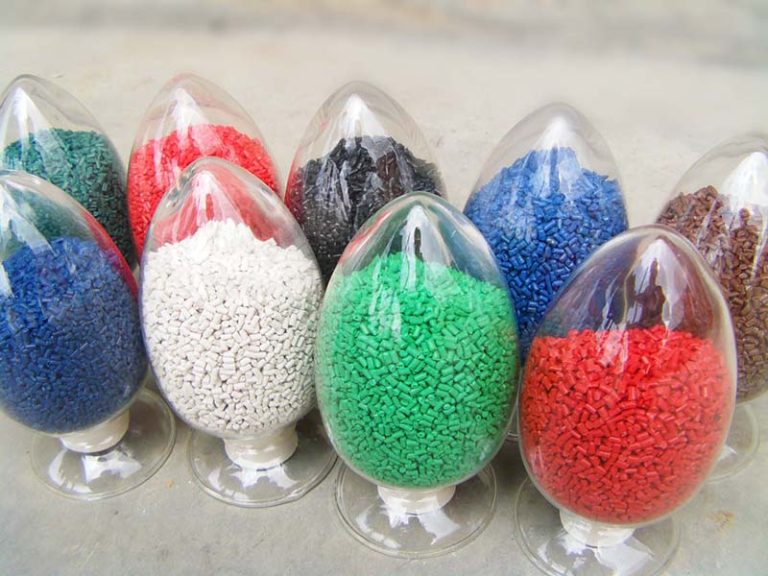
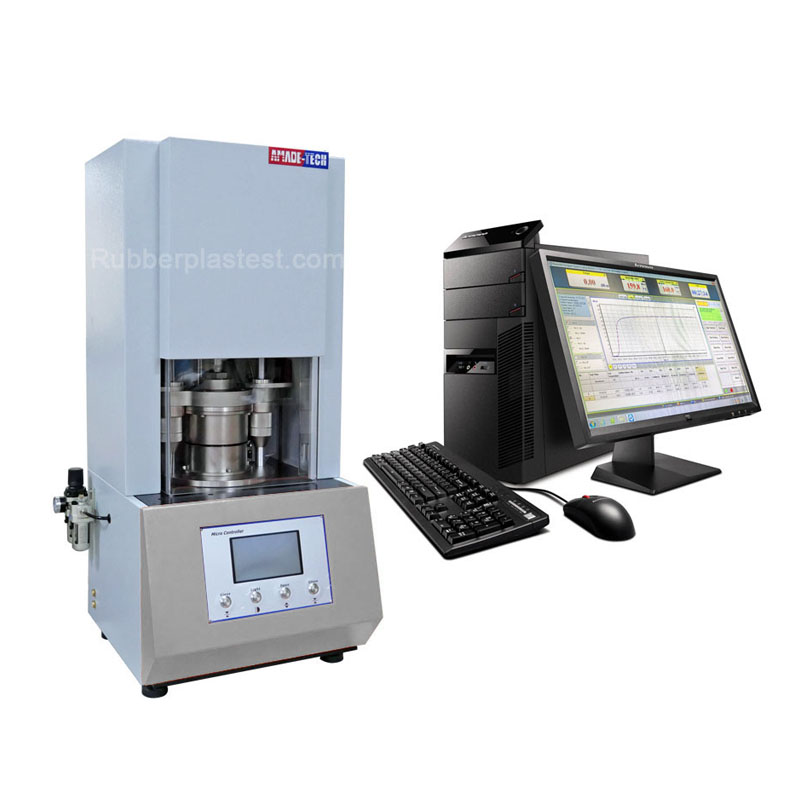
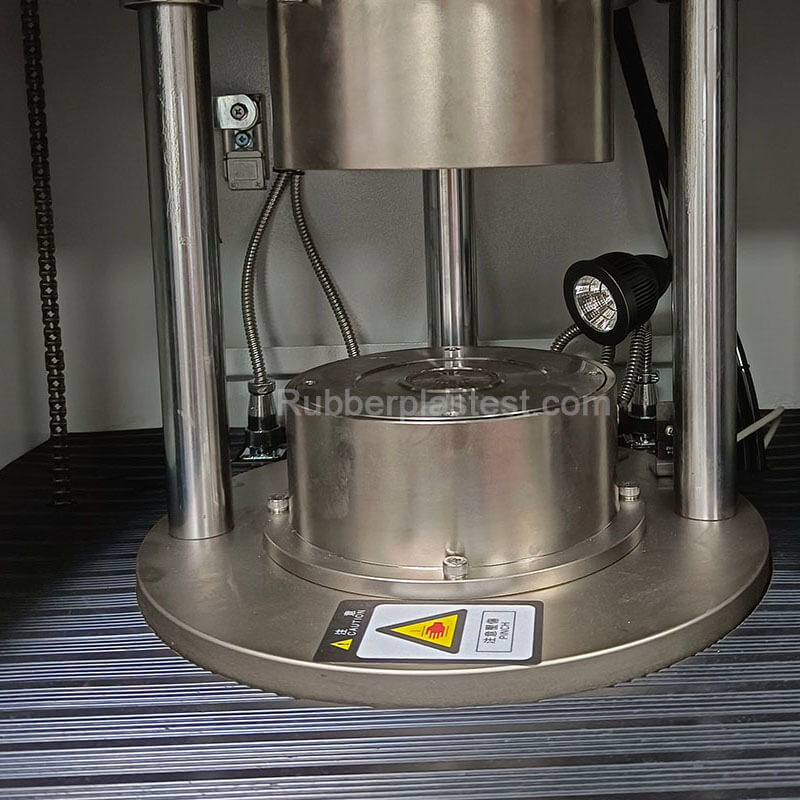
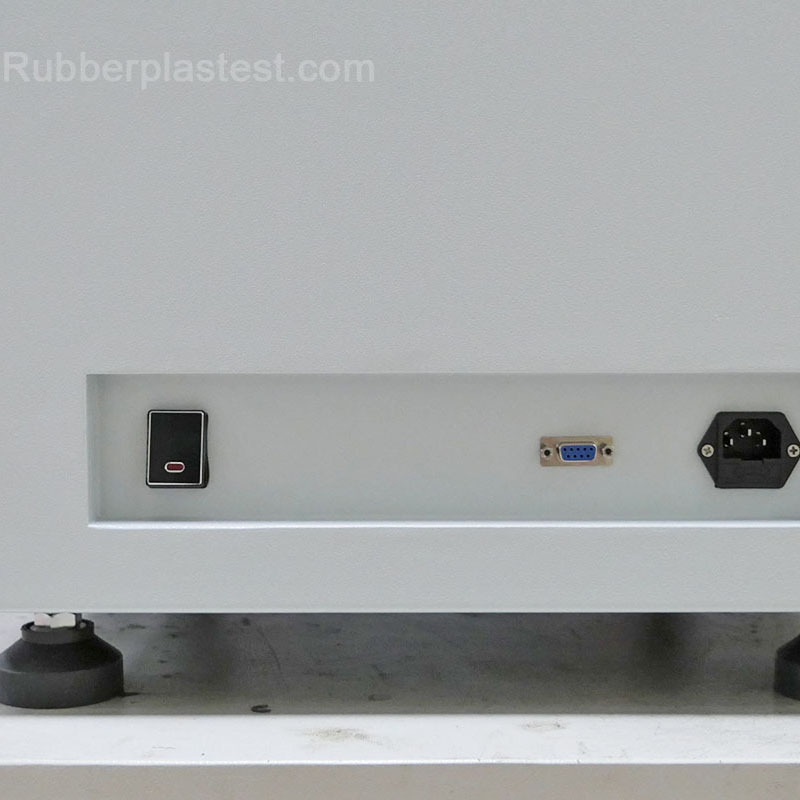
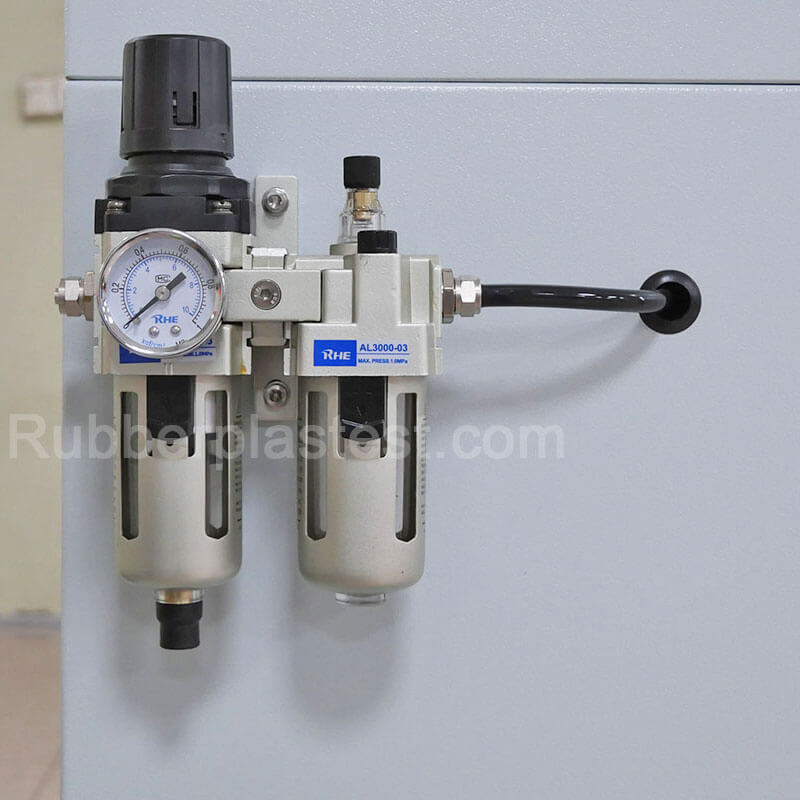




Computerized Moving Die Rheometer (MDR)
Model
AT-R7002
Applications
Used to determine the rubber material’s processability, curing characteristics, curing speed, scorching, etc.
Standards
ISO6502, ASTM D5289, DIN 53529, GB/T 16584, etc.
Computerized Moving Die Rheometer (MDR) Description
Moving Die Rheometer(MDR) is also called a Rotorless Rheometer or Rotlorless curemeter. It is a device most commonly used in rubber formulation development and quality control to obtain and grasp processability, vulcanization characteristics, vulcanization speed, etc of a rubber test piece.
A moving die rheometer features a die and die closing system. The rubber test piece is placed in the die cavity at a given temperature and pressure, and the lower die oscillates according to the specified amplitude and frequency to exert force on the sample rubber to produce shear strain. The force (torque) required to drive the lower die is proportional to the stiffness (shear modulus) of the rubber. When the rubber test piece is cross-linked during the vulcanization process, its stiffness will increase, which means that the stiffness reflects the change in the degree of cross-linking of the rubber during the cure process. As the vulcanization time goes by, after all the torques are collected, you can get a complete vulcanization curve, including important parameters such as initial viscosity, scorch time, vulcanization speed, optimum vulcanization time and oversulfur reversion.
Dies
Our moving die rheometer is fitted with a closed, sealed, biconical die system according to all relevant standards. The die cavity is made up of two dies fabricated from rigidly special stainless steel. It is excellent in non-deforming, high stiffness and low thermal expansion. The surface of dies is ground, polished and hardened to reach an enough hardness more than 50 HRC obtaining exceptional abrasion resistance and durability. The top and lower surfaces of the cavity have a radial pattern of grooves to prevent slippage of the rubber during the process.

Lower die
Die closure
The lower die is fixed and the upper die is vertical-moving under control. Precision processing and mature structural design from AmadeTech ensure that the upper die and lower die are completely aligned and parallel. After you trigger the die closing buttons, the upper die will descend immediately by means of the pneumatic cylinder to join the lower die and form a whole, and a pressure force of 7.5 kN on the upper die is maintained until the cure is over. A replaceable silicone rubber O-ring positioned on the periphery of the lower die strengths the sealing of the die cavity and guarantees that the rubber will not escape from the cavity throughout the process.

Die closure
Heating system & Temperature control
We install heating devices close to the upper die and the lower die of the rotorless curementer to enable quickly heating up the die cavity and maintaining the specified temperature. During the entire test period, the temperature accuracy can be controlled at ±0.3°C. It has the ability to restore the temperature of the die cavity to the required test temperature within 1.5 minutes after the rubber test piece at ambient temperature is inserted into the cavity and compressed. There are two PT100 platinum thermal resistors built into the upper and lower dies near the rubber material to detect changes in the temperature of the die cavity. Temperature changes cause changes in the resistance of the platinum thermal resistor, and the changes in resistance are converted into changes in voltage. The voltage signals are processed with 24-bit A/D conversion and presented as temperatures on the display . The temperature control system can also automatically track and monitor changes in grid voltage and ambient temperature, and automatically correct PID parameters to achieve rapid and accurate temperature control.
Oscillating system
Vulcanization begins after the dies are closed, and the rubber material will quickly fill the entire die cavity under the specified temperature and pressure conditions, forming a circular rubber compound that is thin in the middle, relatively thick on the outside, and covered with protruding ribs on the surface. Simultaneously, the lower die driven by a precision stepper motor forcibly pushes the rubber at a frequency of 1.667 Hz and an amplitude of ±0.5° or ±1° to produce shear strain. Two layers of protective films are strongly recommended to be inserted between the rubber test piece and the dies to avoid frequent cavity cleaning due to material contamination.
Torque-measuring System
We install a high-precision bridge transducer inside the mechanism connecting the machine’s upper die. The change in torque is converted into a change in sensor resistance, which is converted into a change in voltage. When the lower die reciprocates, the measuring system generates a voltage proportional to the rubber rigidity and samples at the peak of each strain cycle. After continuous 24-bit A/D conversion and processing, the reaction torques on the stationary die opposite the moving die, a smooth and continuous vulcanization curve of torque versus vulcanization time over the rubber cure process are obtained.
PC Measurement & Control Software
Each AmadeTech moving die rheometer must be used with a personal computer based on the latest Windows operating system and installed with special measurement and control software provided. The intelligent measurement and control software completes the real-time display of temperature and vulcanization curves on the monitor and stores the data in a real-time database. A large amount of data can be retrieved, counted and analyzed.
The software interface has a reasonable layout, complete functions and is easy to operate. You can click on the corresponding icon of the software on the computer screen to give instructions to the equipment by means of electrical interlocking, such as completing the control of the solenoid valve coil (voltage is +24V) combined with the pneumatic system to control the opening and closing of the die cavity and the protective cover. Controlling the on and off of the solid state relay allowing you to control the start and stop of the motor and the heating status of the upper and lower dies, etc. After vulcanization is completed, the system supports automatic processing, automatic calculation, display of reports. The available test curves consists of S’ (vulcanization torque curve), S” (viscoelastic torque curve), S* (full torque curve), tanδ (viscoelasticity ratio curve), δ (phase angle curve), P (Foaming pressure curve), PR (Foaming rate curve), CR(Vulcanization rate curve), CRI(Vulcanization rate index) and Thermometer curve. You can customize the parameters you want to display for each curve. For example, the core parameters included in the vulcanization torque curve are ML, MH, ts1, ts2, tc10, tc30, tc50, tc90 (for specific explanations of each parameter, please see the FAQ section below.)

Test software interface
Moving Die Rheometer Video
Moving Die Rheometer - Technical Specifications
Model | AT-R7002 |
Temperature range | RT ~ 200°C |
Minimum temperature display | 0.01°C |
Temperature error | ± 0.3°C |
Heating rate | Within 15 min from 30°C to 180°C |
Temperature display resolution | 0.01°C |
Temperature recovery time after clamping | ˂ 1.5 min |
Temperature unit | °C / °F |
Torque range | 0 ~ 20 N.m |
Torque minimum reading | 0.001 N.m |
Oscillation angle | ± 1°(Standard), ± 0.5°, ± 2°, ± 3° |
Oscillation speed | 100r/min (1.667Hz) |
Torque accuracy | 0.3 % |
Torque unit | Ibf.in, N.m, dN.m, kgf.cm |
Controller | Windows-based PC software |
Vulcanization torque data output | Date, time, temperature, vulcanization curve, temperature curve, ML, MH, ts1, ts2, tc10, tc30, tc50, tc90, etc. |
Supported curves | S’, S”, S*, tanδ, δ, CR, P, PR, CRI, Temp |
Air source required | Min. 0.5 Mpa |
Power supply | 1-phase, 220V 50Hz or 110V 60Hz |
Moving Die Rheometer Working Principle
The rubber material that fills the entire die cavity is subject to the specified vulcanization conditions of temperature, pressure and time. During this period, the lower die continuously performs sinusoidal oscillation motion at a prescribed angle and frequency, causing shear strain on the rubber material, and its reaction torques on the die cavity are measured in real time. As the vulcanization process progresses, vulcanization curves and related data including torque and time that reflect changes in vulcanization cross-link density are obtained for subsequent research and analysis.
Moving Die Rheometer Features
- The machine owns a rugged shell and stable frame.
- Dies are made of rigid stainless steel and the surface is treated to guarantee the excellent hardness and wear resistance.
- The die cavity has good sealing performance and consistent repeatability.
- Automatically opens the die cavity when the test is stopped.
- A screen on the front of the machine to display the test temperatures and die opening and closing status in real time.
- Equipped with a protectively transparent door to isolate the test area.
- The test chamber is equipped with LED lighting.
- Supports manual die closing and one-click with mouse click for die closing.
- When manually closing the die, two buttons is required to be pressed at the same time to prevent misoperation.
- It adopts a fixed eccentric structure to provide a stable shearing angle and ensure test accuracy.
- Supplied with specialized PC testing software based on the latest Windows operating system for managing test specifications, acquiring data, and reporting results.
- 24-bit A/D conversion and Fourier transform processing are employed to achieve accurate data acquisition.
- You can customize the test temperature and test angle on the software.
- The test time can be changed arbitrarily during the test.
- The test results have perfect reproducibility and reliability.
- High-precision PID and SSR temperature control systems ensure stability and temperature recovery speed.
- Supports customizing different units for various parameters (Ib-in kg-cm N-m dN-m)
- The operating language supports English and Chinese.
- Supports reproducibility or difference comparison between existing vulcanization curves and historical curves. Each curve can be set to different colors for easy comparison.
- Test reports support exporting and saving in multiple formats including PDF, EXCEL, DOC, etc.
- Allows the software to automatically determine whether it is qualified or not.
- Software and hardware have automatic detection functions to facilitate maintenance and repair.
FAQs About Moving Die Rheometer
After completing the vulcanization test with a moving die vulcanizer, the software will automatically input a curve of torque versus time. There are several basic data points with specific meanings on this curve that will appear individually on the test report, including ML, MH , ts1, ts2, tc10, tc30, tc50, tc90 and VC. The specific meaning of each parameter is as follows:
ML: The lowest value of the reaction torque of the rubber during the vulcanization process. This value reflects the fluidity of the rubber, that is, the lower the ML, the better the fluidity, and the higher the ML, the worse the fluidity.
MH: The highest value of the reaction torque of the rubber during the vulcanization process. This value reflects the shear modulus, hardness, tensile strength and cross-linking density of the rubber. Generally, the lower the MH, the lower the hardness, and the higher the MH, the higher the hardness.
ts1: ML + 0.1N·m: Vulcanization start time, that is, the time corresponding to adding 0.1N·m torque on the basis of ML, in minutes.
ts2: ML + 0.2N·m: That is, the time corresponding to adding 0.2N·m torque on the basis of ML, in minutes. It reflects the operational safety of the rubber compound. The shorter TS2 is, the more likely it is that the rubber material will cure in advance and the product will be defective during production. On the contrary, the longer ts2 is, although the operation safety will be improved, the production efficiency will be lower and the cost will increase more.
tc10: ML+(MH-ML)×10%: It is the time corresponding to the torque of the minimum torque plus 10% of the difference between the maximum torque and the minimum torque, in minutes. Tc10 is the initial vulcanization time.
tc50: ML+(MH-ML)×50%: It is the time corresponding to the torque of the minimum torque plus 50% of the difference between the maximum torque and the minimum torque, in minutes. Tc50 is the vulcanization time that can be accurately evaluated.
tc90: ML+(MH-ML)×90%: It is the time corresponding to the torque of the minimum torque plus 90% of the difference between the maximum torque and the minimum torque, in minutes. Tc90 is often used as the optimal vulcanization time.
VC: VC=100/(T90-TS1): This value is the vulcanization speed index.
The phenomenon of early partial vulcanization occurs when the rubber compound containing a vulcanizing agent is processed during rubber mixing or calendering or when it is stacked in a poorly ventilated place.
The essence of the scorch phenomenon is vulcanization caused by local cross-linking of the rubber material. The result is that the fluidity of the rubber material becomes significantly worse, or even unable to flow, and subsequent processing cannot proceed normally. Simply put, scorch is vulcanization when it shouldn’t be. The rubber compound begins to cross-link before it actually reaches the desired vulcanization stage.
Scorch is a phenomenon, and scorch time reflects whether the rubber is easy to scorch. The longer the scorch time, the less likely it is to scorch.
There are two types of causes of scorch: internal causes and external causes.
The internal cause is improper selection of accelerator species.
External causes include:
1) The temperature is too high during the mixing, calendering, extrusion and other processing stages. The higher the processing temperature, the easier it is to scorch.
2) After mixing the rubber material, the cooling is insufficient. If the rubber compound is stacked directly on top of each other, it will easily scorch.
3) The processing time is too long. The longer the processing time, the easier it is to scorch.
4) The dispersion of the compounding agent is not good. Uneven dispersion easily lead causes scorch because the compounding agent is locally dispersed too much.
The scorch time is divided into two parts, namely the operating scorch time and the remaining scorch time.
Operational scorch time: The scorch time consumed by rubber compound during processing due to the heat accumulation effect caused by mixing, calendering, extrusion and other processes.
Remaining scorch time: The time the rubber compound remains fluid when heated in the mold.
When the formula is fixed, the total scorching time of the two is fixed.
1) Use slow-acting accelerators, such as sulfenamide accelerators.
2) Use anti-scorch agents, such as CTP.
3) During the mixing, calendering, and extrusion processes, control the processing temperature not to be too high.
4) The rubber compound must be cooled sufficiently before folding and stacking.
(5) On the premise of ensuring the dispersion of the compounding agent, shorten the rubber processing time as much as possible.
Rubber vulcanization is a cross-linking chemical reaction process in which rubber macromolecules transform from a linear structure to a network structure under certain conditions of pressure, temperature and time. It generally goes through a vulcanization induction stage (scorch stage), a thermal vulcanization stage, and a plateau vulcanization stage and over-vulcanization stage.
In the scorch stage of the rubber compound, cross-linking has not yet started and the rubber compound has good fluidity in the mold cavity. This stage is also called the vulcanization induction stage. The length of the scorch time of the rubber determines the scorch performance and the success rate of operation. The scorch time of the rubber is greatly affected by the vulcanization accelerator in the rubber and the thermal history of the rubber itself.
During the thermal vulcanization stage, the cross-linking of rubber begins at a certain speed. The vulcanization curve in this section shows a linear upward trend, the rubber gradually develops a three-dimensional network structure, and the elasticity and tensile strength of the rubber increase rapidly. The rubber has lost its fluidity, but its physical properties are not high.
In the plateau vulcanization stage, the cross-linking reaction has tended to be completed, the network structure has been formed, and the reaction speed has been relatively slow. The comprehensive physical and mechanical properties of vulcanized rubber have reached or are close to optimal values. Generally, the rubber vulcanization time should end at one point in this stage.
The over-vulcanization stage is the later stage of the formation of the macromolecular network structure of the rubber material. It is mainly dominated by the rearrangement and cleavage reaction of cross-linking bonds, and the tensile performance of the rubber material begins to decline.
1) Determine the vulcanization characteristic parameters of a certain rubber compound, such as ML, MH, T10, T90.
2) Study the vulcanization reversion and anti-reversion properties of rubber materials and compounding agents.
3) Study the effect of anti-scorch agents.
4) Study the impact of new additives on the vulcanization characteristics of rubber compounds.
5) Study the matching of rubber vulcanization and foaming speed.
The three elements of rubber vulcanization include temperature, pressure and time.
- Temperature is one of the three major factors in rubber vulcanization. It is the basic condition for rubber vulcanization reaction (cross-linking reaction) and directly affects the rubber vulcanization speed and the quality of products. Like all chemical reactions, the vulcanization reaction accelerates as the temperature increases, and more low-sulfur cross-links are easily generated; if the vulcanization temperature is low, the speed is slow, the production efficiency is low, and more polysulfide cross-links are generated.
- Vulcanization pressure refers to the pressure that the rubber compound bears per unit area during the vulcanization process. Pressure is one of the conditions for rubber cure. Generally, rubber compounds need to apply a certain amount of pressure during vulcanization to make the rubber material flow easily and fill the mold cavity, prevent the materials from generating bubbles during the cure process, and improve the density of the rubber material.
- Vulcanization time refers to the time it takes for the rubber to change from plasticity to elasticity, maximize cross-linking density, and optimize physical and mechanical properties under a certain temperature and molding pressure. The cure time required to achieve optimum cure at a certain temperature is called optimum cure time. A certain cure temperature corresponds to a certain optimum cure time. When the rubber compound formula and vulcanization temperature are constant, the vulcanization time determines the degree of vulcanization. Rubber products of different sizes and wall thicknesses control the degree of vulcanization by controlling the vulcanization time. Generally, the larger the size or thickness of the product, the longer the vulcanization time required.
- Optimum cure refers to the vulcanization state in which the comprehensive performance of rubber compounds reaches or approaches the optimal value. Optimum cure time refers to the shortest time required for rubber compounds to reach the optimum cure state. Optimum cure time is a range, not a point. The longer the plateau period, the more stable the physical properties of rubber products are. The cure state in the early stage of optimum cure (that is, not reaching the optimum vulcanization state) is called undercure, and the cure state in the late stage of optimum cure is called overcure.
- Optimum cure time includes theoretically optimum cure time, practically optimum cure time and engineering optimum cure time.
- Theoretically optimum cure refers to the cure state when the rubber reaches the maximum cross-linking density. Theoretical optimum cure time refers to the time required to reach maximum cross-link density.
- Taking physical and mechanical properties as the measurement index, that is, the vulcanization state in which the physical and mechanical properties are at the highest value or close to the highest value is called practically optimum cure, and the corresponding optimum cure time is called practically optimum cure time.
- The optimum cure time obtained by taking into account many factors such as rubber material performance, vulcanization process methods and conditions, product characteristics, etc. is called engineering optimum cure time. Generally, when the thickness of the product is less than 6 mm, the practically optimum cure time t90 measured by the moving die vulcanizer is the same as the engineering optimum cure time of the rubber.
The physical and mechanical properties of the rubber in the optimum cure stage can maintain the highest value or be slightly lower than the highest value. However, for many rubbers, It is impossible for all properties to be at the optimal value at a certain time, and some properties may have contradictions to a certain extent, so it must be comprehensively considered based on various physical performance indicators of the rubber material. During production, the optimum cure time can only be selected based on certain main indicators. For example, the tear strength and crack resistance of rubber are best when it is slightly in undercure state before reaching the theoretically optimum cure time. The resilience, heat generation, anti-swelling properties and compression set of the rubber are best when it is slightly in overcure state. The tensile strength, modulus stress, wear resistance and aging resistance of the rubber are best when it is at theoretically optimum cure time. Therefore, the length of the cure time is not only directly related to the formula of the rubber compound, the vulcanization process method, the vulcanization temperature and the vulcanization pressure, but is also affected by some of the main properties that are focused on. This kind of consideration takes certain physical and mechanical properties as the priority, that is, the vulcanization state when the certain physical and mechanical properties are at the highest value or close to the highest value is practically optimum cure, and the corresponding optimum cure time is called practically optimum cure time.
Get a Customized Quote for a Moving Die Rheometer that Best Meets Your Needs
Tell us about your unique testing requirements to get a personalized solution from AmadeTech
Related Posts
